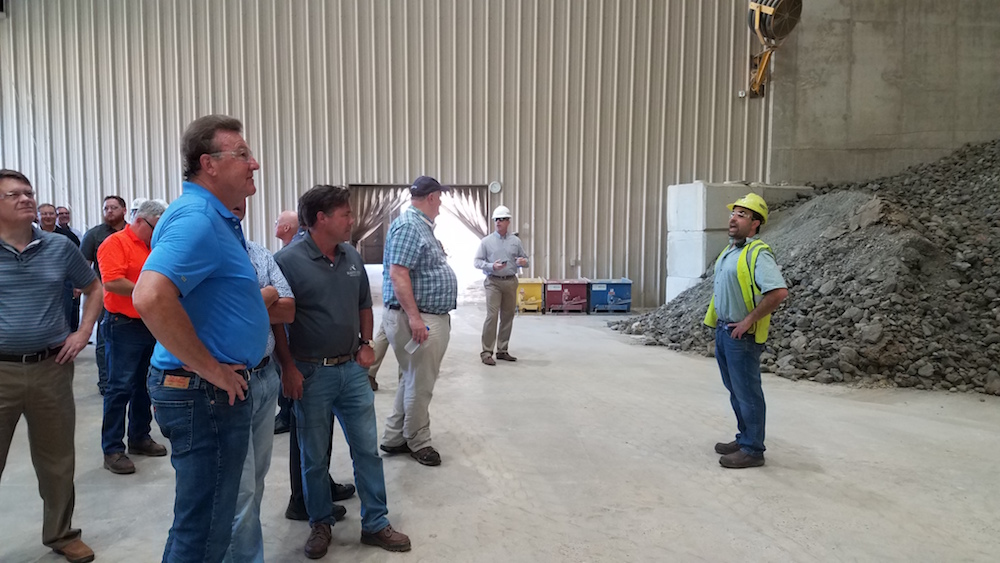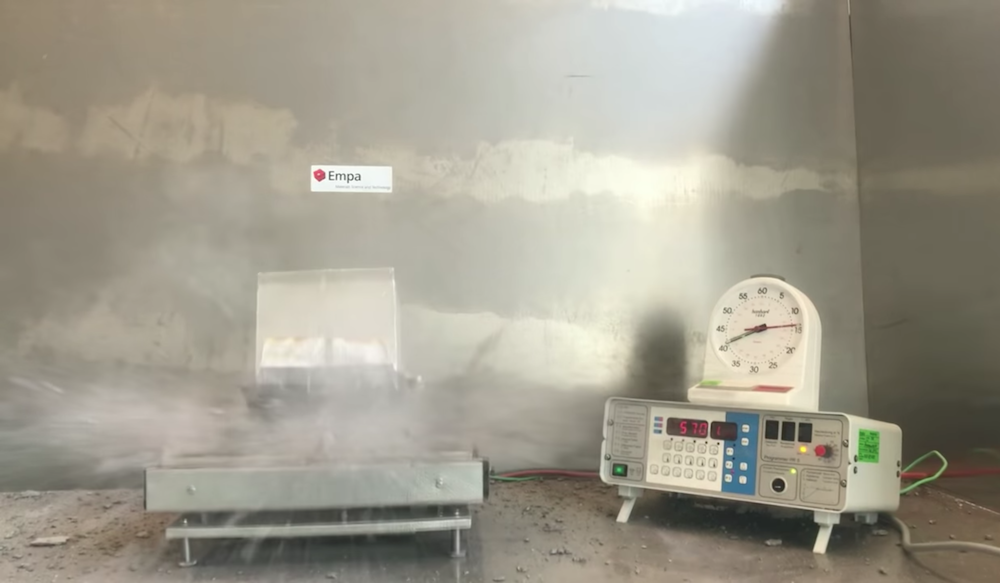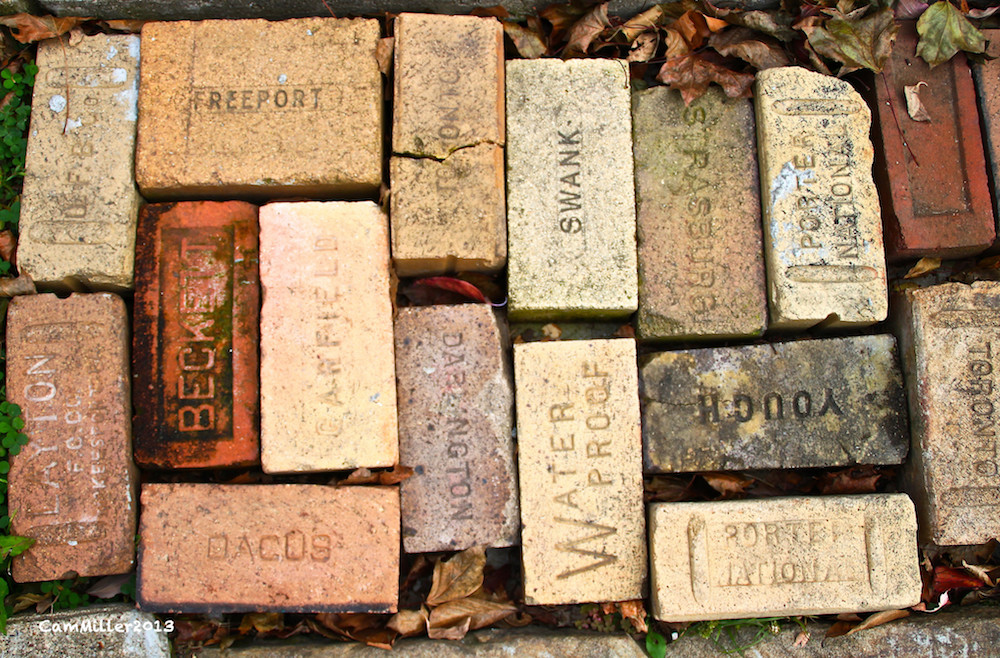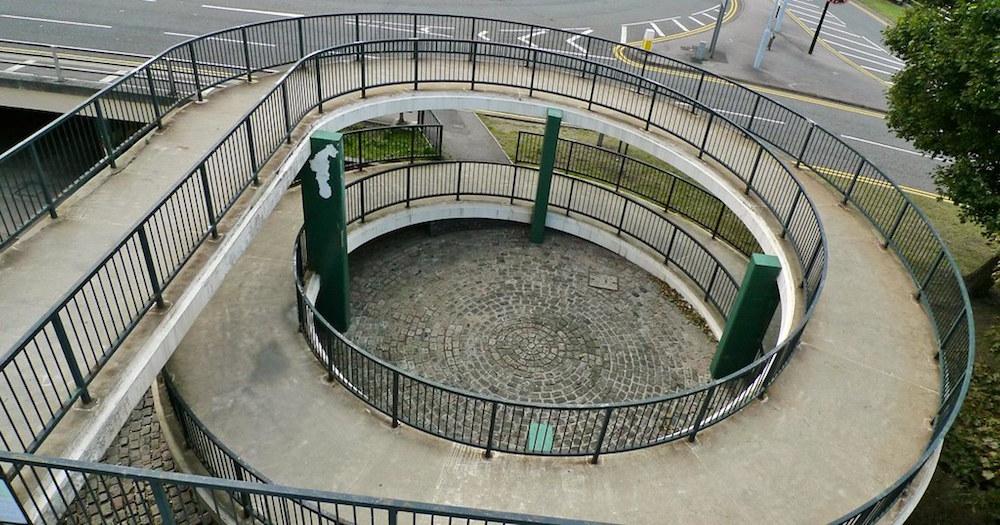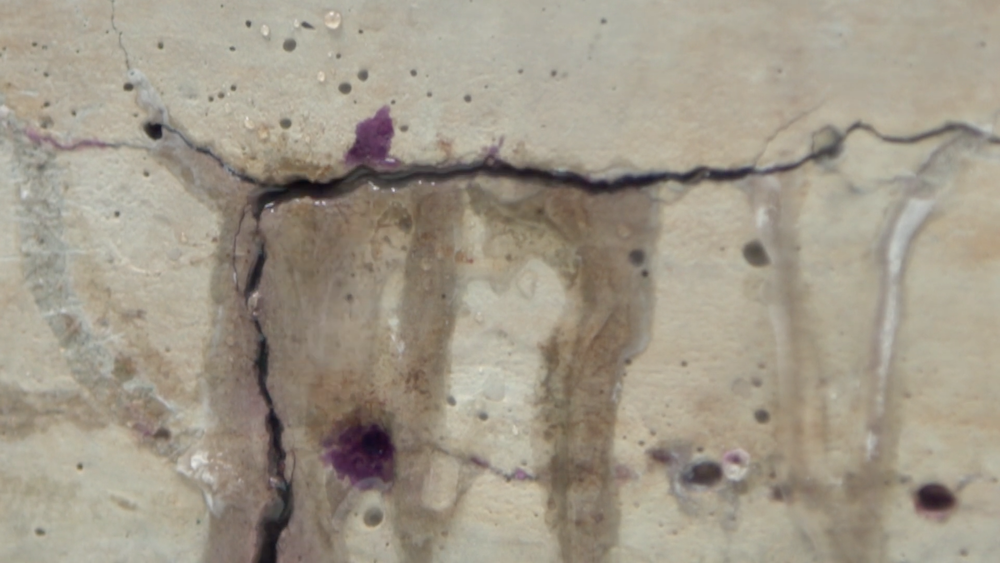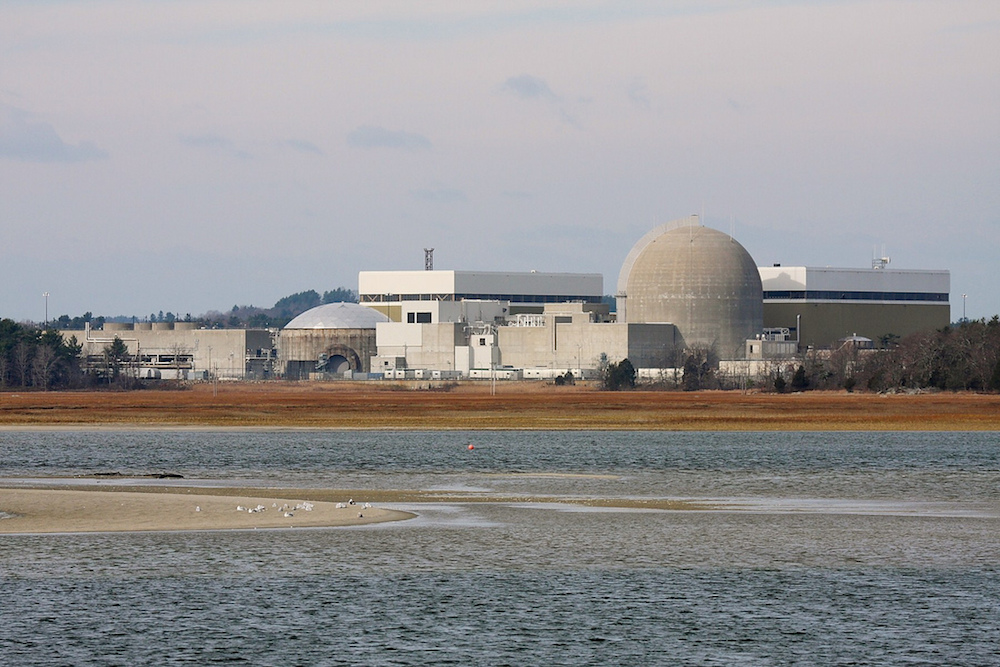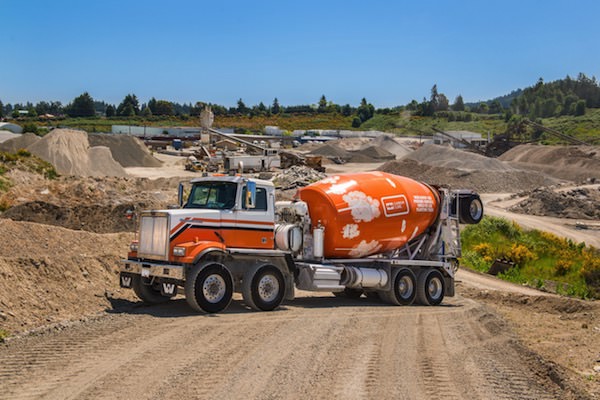Highway construction can take longer than is necessary if cars drive on the concrete before it has fully matured. Purdue University researchers are working with the Indiana Department of Transportation to test piezoelectric sensors that measure concrete strength.
Read MoreUnited States’ infrastructure is in dire need of repair. Hydrodemolition is an ideal method for concrete reconstruction. Learn about hydrodemolition history, advantages of the technique, and what to consider before choosing it for your project.
Read MoreMore than 100 attendees converged in Indianapolis, Indiana, June 24–27 to take part in the combined meeting of the ACerS Structural Clay Products Division, ACerS Southwest Section, and Clemson University’s National Brick Research Center.
Read MoreWhat causes explosive spalling of concrete? Researchers from Empa, the University of Grenoble, and the Institut Laue-Langevin performed neutron tomography on exploding concrete cubes to find out.
Read MoreA brick is more than just a small red clay building unit—it could be sand lime, concrete, or fly ash as well. Learn about some of the materials commonly used to create bricks, and find out how bricks could be built to better withstand extreme weather.
Read MoreIn a recent study, researchers proposed a tubular design for smart aggregates that can monitor structural health of concrete structures, a design that could overcome limitations faced by patch-based and spherical sensors.
Read MoreRMIT University researchers found biosolids-enhanced bricks showed lower thermal conductivity and reduced brick firing energy demands compared to traditional bricks.
Read MoreSelf-healing concrete can be made several ways. Researchers at University of Cambridge developed a method that involves mineral healing agents—delivered via microcapsules.
Read MorePolish researchers tested five high-density aggregate possibilities for nuclear power plant construction and found the aggregates with microcrystalline quartz were susceptible to alkali-silica reactions.
Read MoreA Canadian company has commercialized a process that captures carbon dioxide waste to mix with concrete during production. This proprietary technology is a good first step in reducing cement’s impact on the environment.
Read More


